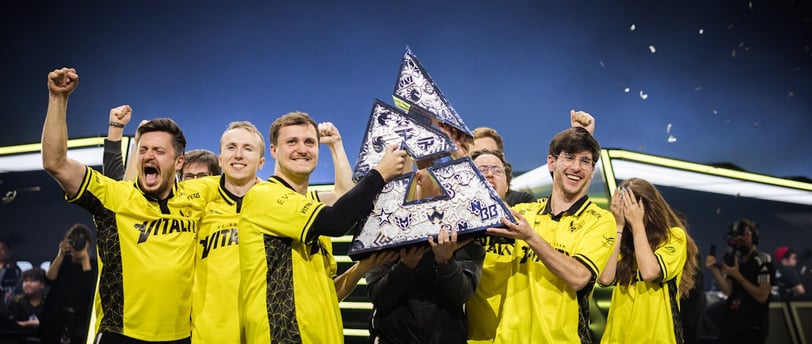Austin Major 2025: A Turning Point for Asian Counter-Strike
The MongolZ’s historic run to the Austin Major 2025 grand final marks a new era for Asian CS2—fueling belief, regional momentum, and hopes of future dominance.
CS2TOURNAMENTMAJOREVENTINTERNATIONAL
AoD
6/23/20252 min read


The BLAST.tv Austin Major 2025 ended with familiar champions—Team Vitality—lifting their second consecutive Major trophy. But for Asian fans and players, the tournament meant far more than victory; it marked a breakthrough for CS2 across the continent.
No Asian team had ever reached a Major final—until The MongolZ. Their astonishing run to the grand final in Austin shattered expectations and offered a blueprint for the region’s potential on the global stage.
The MongolZ’s Historic Run
The MongolZ surged past giants like NAVI and paiN Gaming in the playoffs, showcasing laser-sharp discipline and mental fortitude. Although they ultimately fell 1–2 to Vitality, their performance rewrote the narrative: Asian teams can—and do—compete at the highest level.
While specific player quotes from Austin are still being consolidated, the team’s poise spoke volumes. Their presence wasn’t symbolic—it was strategic, consistent, and undeniable.
Vitality Sets the Benchmark
Led by ZywOo, Vitality remained the gold standard of CS2. In a candid post-final moment, the superstar AWPer acknowledged that his team hadn’t always been firing on all cylinders:
It’s a telling insight: even champions stumble—but recover when it matters most. For Asian teams, it’s a reminder that the path to the top requires resilience, adaptation, and unwavering focus.
More Than a Moment—It’s Momentum
From Ulaanbaatar to Manila, from Seoul to Jakarta, The MongolZ’s Austin run sent a tidal wave across Asia. Clips went viral; co-streamers shattered viewing records; Mongolian media ran front-page coverage. It wasn’t just about participation anymore—it was about presence.
The narrative shifted from "Asian hopeful" to "Asian contender." League organizers, team owners, and potential sponsors across the region took notice—conversations turned to real-world growth opportunities.
Challenges Ahead—but the Bar Is Higher
Asia still faces structural hurdles:
Scarcity of high-quality scrims
Underdeveloped domestic LAN circuits
Limited sponsorship and funding stability
But Austin proved this: with mental discipline, proper structure, and international exposure, Asian teams can compete.
The ceiling has been elevated.
Looking to the Future
With the next Major set in Rio de Janeiro later this year, the pressing questions are clear:
Will other Asian teams follow The MongolZ’s example?
Will regional organizations invest in sustainable rosters?
Can infrastructure grow fast enough to support a continent's aspiring talent?
image from HLTV.org


